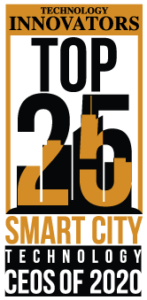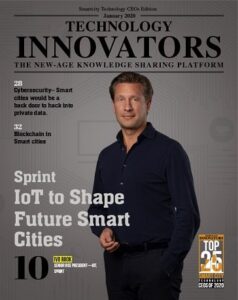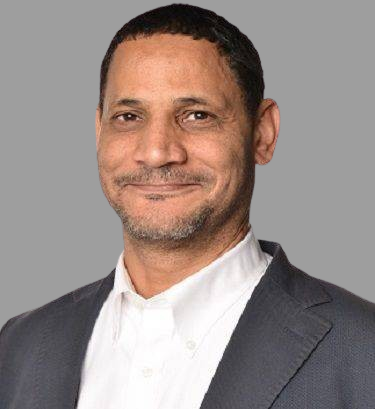
The primary goal of a smart city is to create an urban environment that yields a high quality of life to its residents while also generating overall economic growth. To enable this, smart cities use a combination of the IoT devices, software solutions, user interfaces and communication networks. In the modern era, smart city applications aim at gaining these improvements, advance city operations and improve the quality of life among residents. While many cities across the world have started implementing smart technologies, a few stand out as the furthest ahead in development. Increasingly, cities are setting their sights on how they can use technology to streamline and automate all the processes that come from urbanization. From bringing WiFi and wireless networks to new places to collecting data via IoT-enabled devices that can help make real-time decisions. There are myriad ways that cities can transform the way they operate. From smartphones, to smart water, to smart cities, the world is getting smarter, and its inhabitants need to keep up. Through this edition, our intention is to introduce to you the Top 25 Smart City Technology CEOs of 2020 who believes in enhancing the future lives of citizens and maximizing efficiency, sustainability and improve life conditions for them. We hope the information will help you gain more insights about smart cities and its applications, and various views of the Top Smart City Technology experts.




























